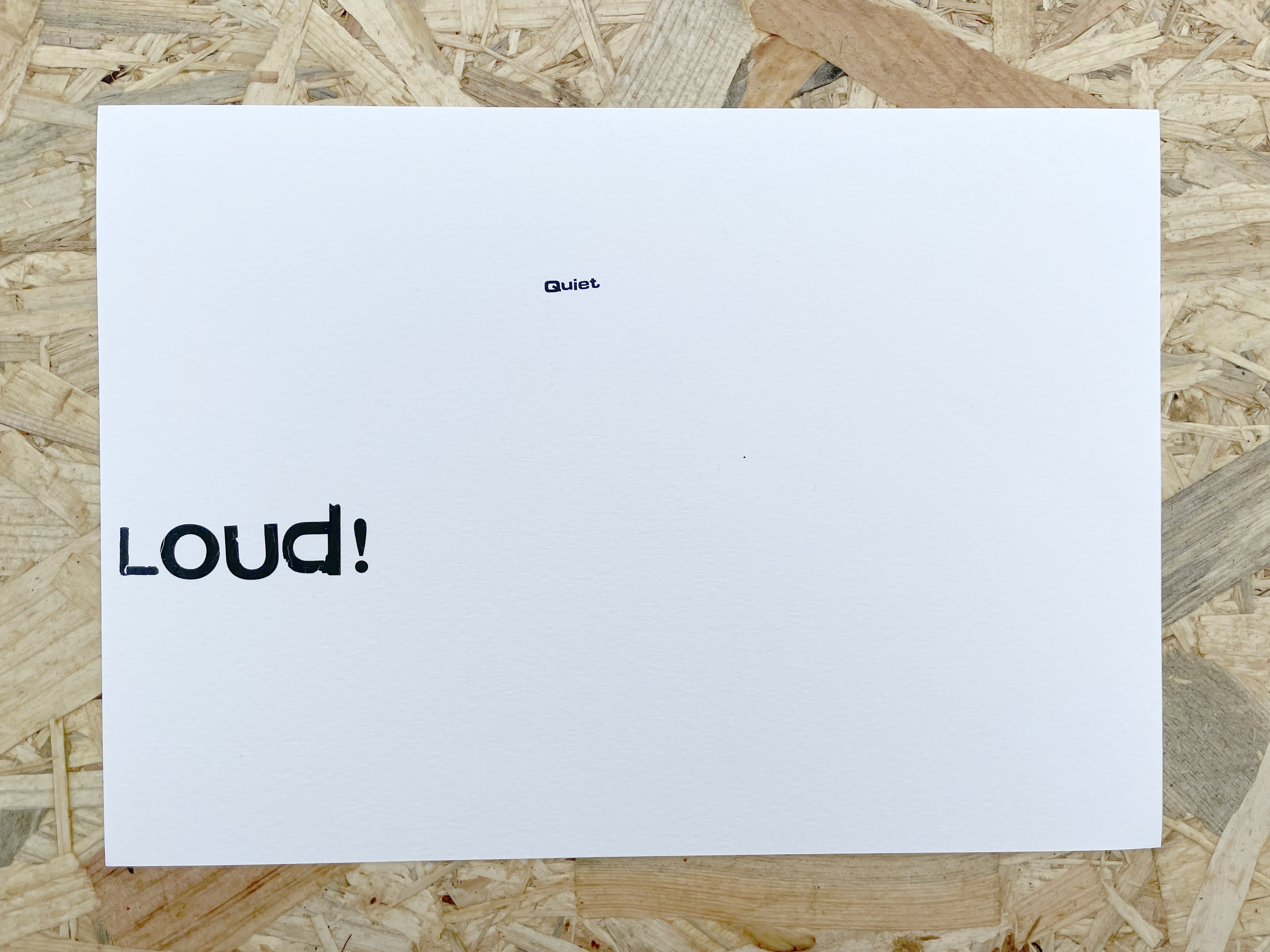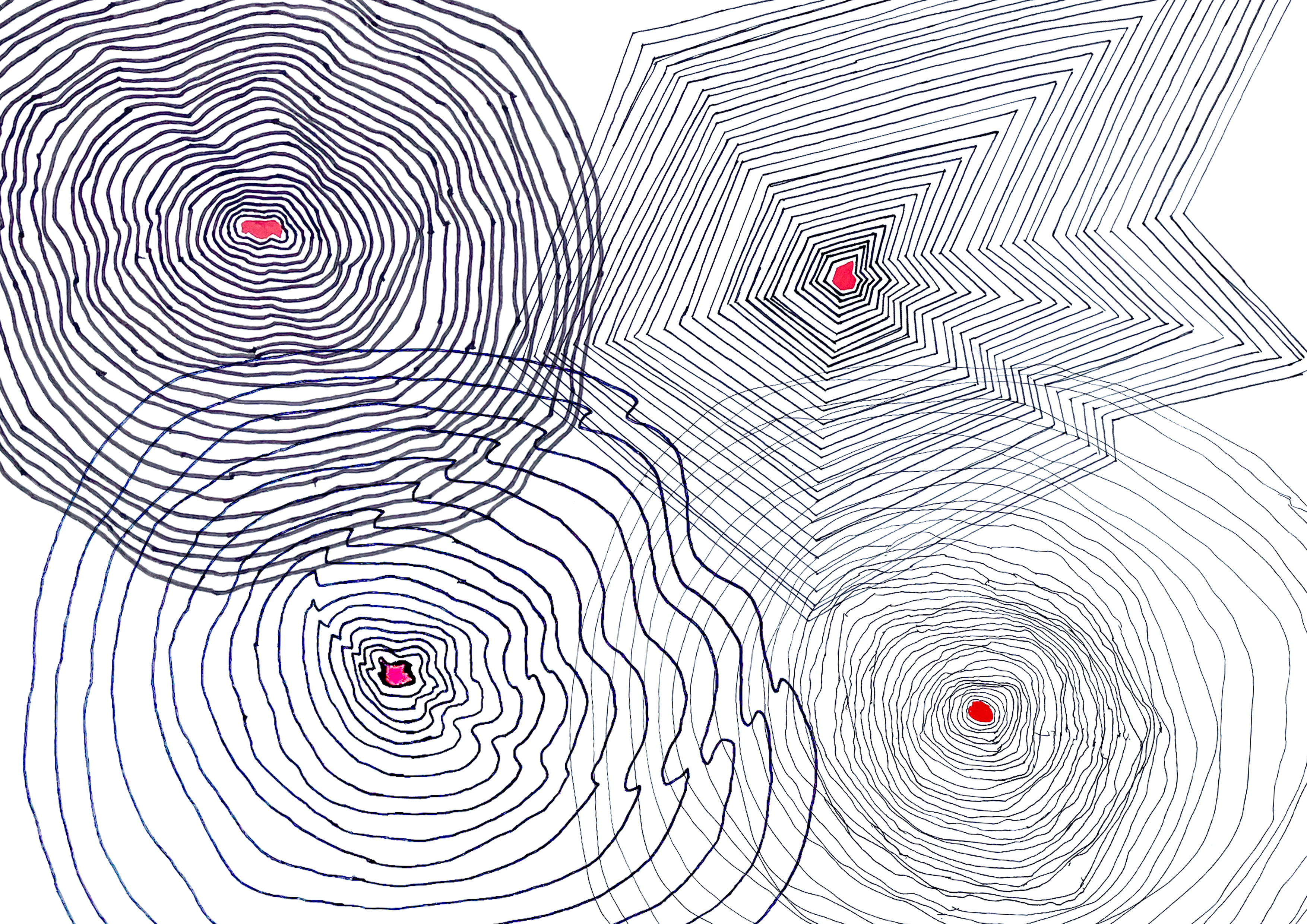Unfortunately, we know that care leavers are over-represented in the prison population. The Creative Aid project aims to support young men with care experience in Deerbolt Prison, County Durham to to be recognised as artists.
Creative Aid is a co-creation project that aims to support young men with care experience in Deerbolt Prison to explore their life stories and develop their relationships with others, including family members and peers. It’s led by North East-based charities Blue Cabin (which works to improve outcomes for care-experienced children and young people) and Nepacs (which promotes a positive future for those affected by the criminal justice or care systems).
Nic Golightly (Blue Cabin associate artist), Sarah (Nepacs support worker) and Jane Gray (Blue Cabin associate and project manager) share an update on the first year of the project.
What preparation and training took place at the start of the project?
With this being a new project at HMP Deerbolt, and new work with care experienced young men serving a sentence, the Blue Cabin team needed further specialist training. Nic received personal protection training, along with security and key training. All of the Creative Aid Blue Cabin team completed Nepacs training too, including Hidden Sentence Training and Care Leaver Awareness training.
The Blue Cabin team have also benefited from attending events delivered by Clinks and the National Criminal Justice Arts Alliance. We then took this learning and created a ‘How to’ resource for artists who will be brought on board during the project. This work is underpinned by the training that all Blue Cabin associates receive on social pedagogy, attachment, trauma and recovery, and self-care. We ensure that regular, monthly supervision sessions are in place for the Blue Cabin team, and that they can access additional therapeutic support if required. This is part of the commitment of Blue Cabin on its journey to become a trauma-informed organisation. Of course, in addition to the training, we had visits to Deerbolt, and many meetings on Zoom together.
What was the initial response like from the young men taking part?
In the first few months, the lads explored their own life stories through typography and image-making sessions. Some were hesitant to put pen to paper and struggled. As soon as Nic began bringing in Letraset lettering transfer sheets, and experimenting with methods that assisted them in their making, we were cooking on gas. This is certainly something we will explore further, using the work of the other artists being brought on board.
A turning point was clear when we began to introduce new artists to the project. Ruth Johnson has led four sessions with the lads, experimenting with free writing and other playful techniques, resulting in a wonderful six page script (at point of writing!). The lads understood the way in which we worked at this point, having worked with Sarah and Nic for six months. They have fully engaged and flourished, fully immersed in the collaborative writing.
Treat people like your favourite biscuit.
This has to be the best quote from the project so far. One of the lads said this whilst working with Ruth, Nic and Sarah. It shows such care and empathy for others when they themselves are living in such a difficult and challenging environment. Kindness really shines bright in these instances.

Typography with artist in residence, Nic Golightly. Using typography to explore how visually representing words can emphasise meaning.
How has the project been shaped by the input of the young men involved?
Creative Aid is based on the findings of a creative consultation by Blue Cabin and Nepacs which Blue Cabin associate artist, Nic Golightly, carried out remotely with 12 young men at Deerbolt Prison. Nic designed a pack for the lads, to give them activities to do and keep, and also to respond to a set of questions about what they would like from Creative Aid.
They told us:
[Art is] helping you talk when no-one else is around. It’s an expression in many ways…
[I would like to do] meaningful drawing. Things that I’ve gone through and faced.
Now that the project is in delivery, Nic and Sarah (and now the visiting artists) are in a constant dialogue with the lads about what they would like to explore, create and make. Balancing new experiences with gentle encouragement and the development of trust has been essential for the success of Creative Aid to date.
Not all of the lads were ready to be more experimental in the first few months, but through weekly sessions they are finding their creative voices and helping shape what comes next.
Has it taken the direction you expected? Has anything been different from what you expected?
So much has been different to what we expected!
We had planned Creative Aid to be delivered with a core group of six lads each year, working collectively as a studio in one of the education spaces. Due to staffing issues and how the lads were feeling about group work, this hasn’t happened. Nic and Sarah have been delivering with individual lads, or pairs, on the wings. This means they get to spend much less time with them, as they’re having to effectively repeat workshops three or four times a day, rather than once all together. However, it does mean that time is more focussed and intensive, providing a nurturing environment for them all.
How has the project been informed by research that already exists into the impact of creativity on people serving prison sentences?
We have designed this programme based on the Creative Aid consultation and on learning from research by Northumbria University, Bath Spa University and the National Criminal Justice Arts Alliance. The research found that participation in arts activities enables individuals to begin to redefine themselves, having a positive impact on how people manage themselves during their sentence, is associated with increased take-up of other opportunities within the prison, and provides safe spaces for individuals to have positive experiences and begin to make individual choices. We have also taken learning from updated research in enhancing arts and culture in the criminal justice system.
The programme is also built on theory and frameworks for learning and safe practice that underpins all Blue Cabin programmes: social pedagogy, trauma awareness and impact, attachment and recovery.
Have you seen any evidence of the impact of creativity during the project - both on the young men and on the wider prison community?
Absolutely – yes!
The lads who are actively participating in Creative Aid speak about the ways in which the project is literally getting them out of bed on a morning. Others have mentioned how the project is helping them deal with difficult times. Two of the lads have taken up full time jobs in the prison and no longer worry about leaving their wing.
The effect of the project isn’t just within the one to two hour sessions, instead it is having an effect on the lads’ whole perspective of how they behave and respect themselves and others.
Prison Officers and other prison staff are beginning to understand the project too and recognise the artists as they visit the different wings. We hope that this can continue.

This work, 'Collective Fault Lines' was inspired by artwork created by Nick Kennedy., using continuous, repeated lines, within a set amount of time. Nick will be working with the lads later in the year.
Will the project have a legacy?
The lads told us that they want Creative Aid to:
- Support them to develop their confidence and sense of pride, wellbeing and emotional literacy.
- Support them to develop their skills, knowledge and understanding of the arts.
- Help them achieve accreditation (the group will be completing their Bronze Arts Awards).
- Help them to explore their life stories and develop their relationships with others, including family members and peers in Deerbolt.
The overall vision of the programme is to support the young men to be recognised as artists and feel a sense of belonging in society. The vision will be supported by the following long term outcomes:
- Encourage participants to make pro-social choices, refrain from reoffending and engage in positive activities (both while serving their prison sentence and on release).
- Increase their confidence to access the ‘arts’ in the community.
- Where relevant, use their Arts Award achievement to lead onto further education or employment opportunities. Improve relationships with family and significant others.
We would love the legacy of Creative Aid to be not just for the individual lads directly involved, but for a more creative approach to be taken within the prison, with arts and a creative curriculum being delivered as part of education, with work opportunities attached to that.
What advice would you share with an organisation that's thinking about working in a prison setting for the first time?
- Meet, and make sure you have buy-in from the Governors. They need to understand what it is you’re delivering, and the impact you hope this will have for the lads.
- Everything takes longer than you think it will – security clearance, approvals for activities, and overall time spent on the project. Make sure you’re building in time within the schedule, and enough time for people to fulfil their roles.
- Things will change at the last minute. You’ll turn up expecting to be able to deliver a session, and it then gets cancelled, or can’t go ahead. Try to find ways of processing this and adapting to ever-changing circumstances. Remember, it’s not you!
- Build in regular catch-ups with the team, check-in with those who are doing the direct delivery.
- Make sure everyone working on the project has supervision through therapeutic support. There is a lot of emotional labour involved.
- Think about the absolute baseline achievements/outcomes of the project. When you can’t run a session as planned, can you still visit the lads and check they’re doing ok, explaining the circumstances of a cancelled session? They are human too.
Being creative has been shown to improve safety and wellbeing in prisons. We hope that the work we develop, create and showcase, will demonstrate the power of creativity and therapeutic and pedagogical approaches to learning.
Find out more about Creative Aid and Blue Cabin’s other work with care-experienced people on our website.



